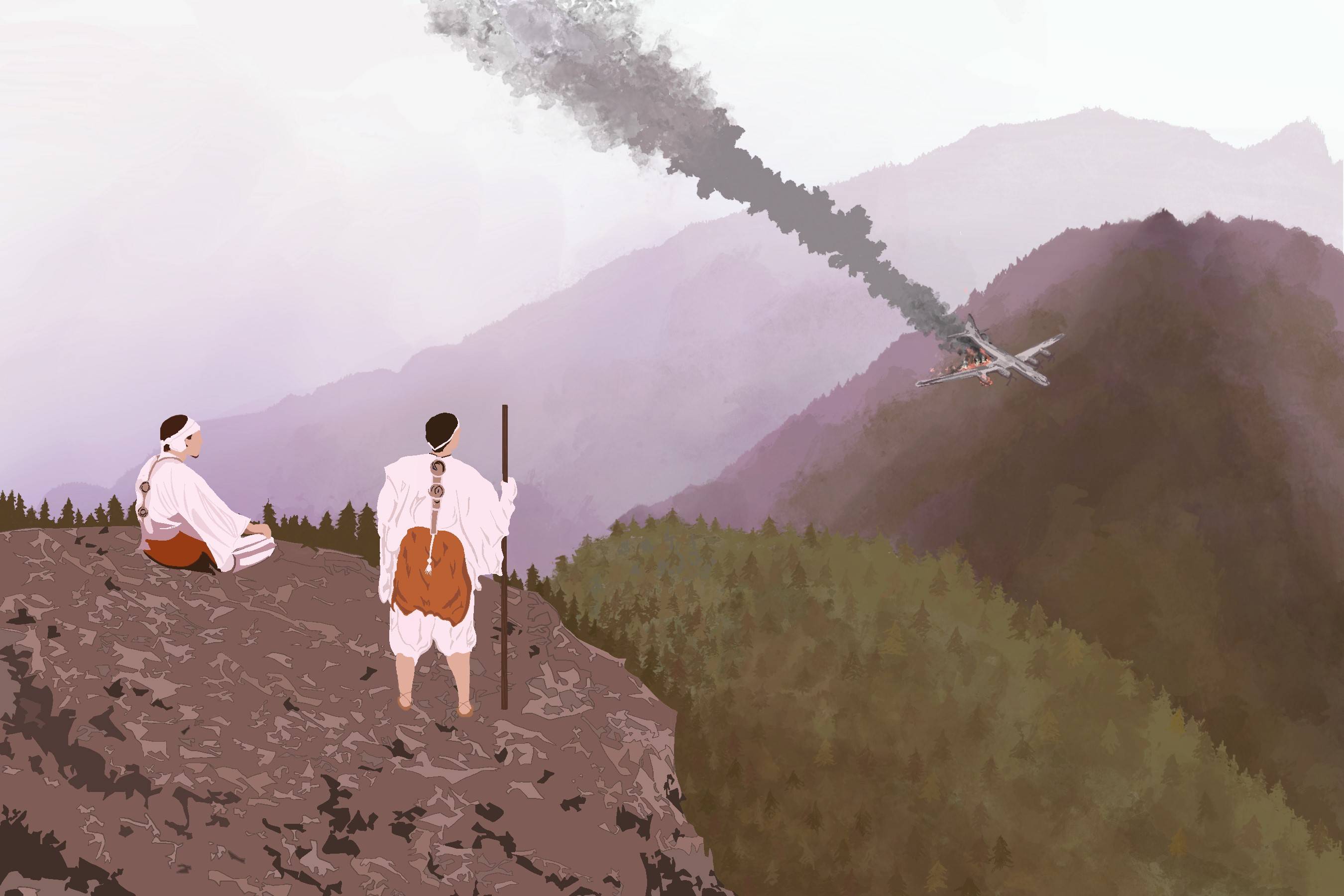The year is 1945 and U.S. firebombing of the Japanese mainland has reached fever pitch.
Massive Boeing B-29 “superfortress” planes equipped with onboard computer systems would take off from airstrips on the Mariana Islands and travel more than 2,000 kilometers to locations such as Tokyo and Osaka, dumping incendiary bombs indiscriminately in an attempt to force Japan into surrender without the need for a ground campaign.
Likely unaware of its significance, many of the U.S. bombers flying over western Japan made passes near the holy summit of Mount Omine in Nara Prefecture, which for centuries has stood as a spiritual powerhouse for Shugendo Buddhism and is the epicenter of myriad pilgrimage routes known collectively as the Kumano Kodo. Today a UNESCO World Heritage site, these routes have served for more than 1,300 years as a training ground for mountain ascetics who are known for their cultivation of strict spiritual training, tests of courage and mystical powers.



















With your current subscription plan you can comment on stories. However, before writing your first comment, please create a display name in the Profile section of your subscriber account page.